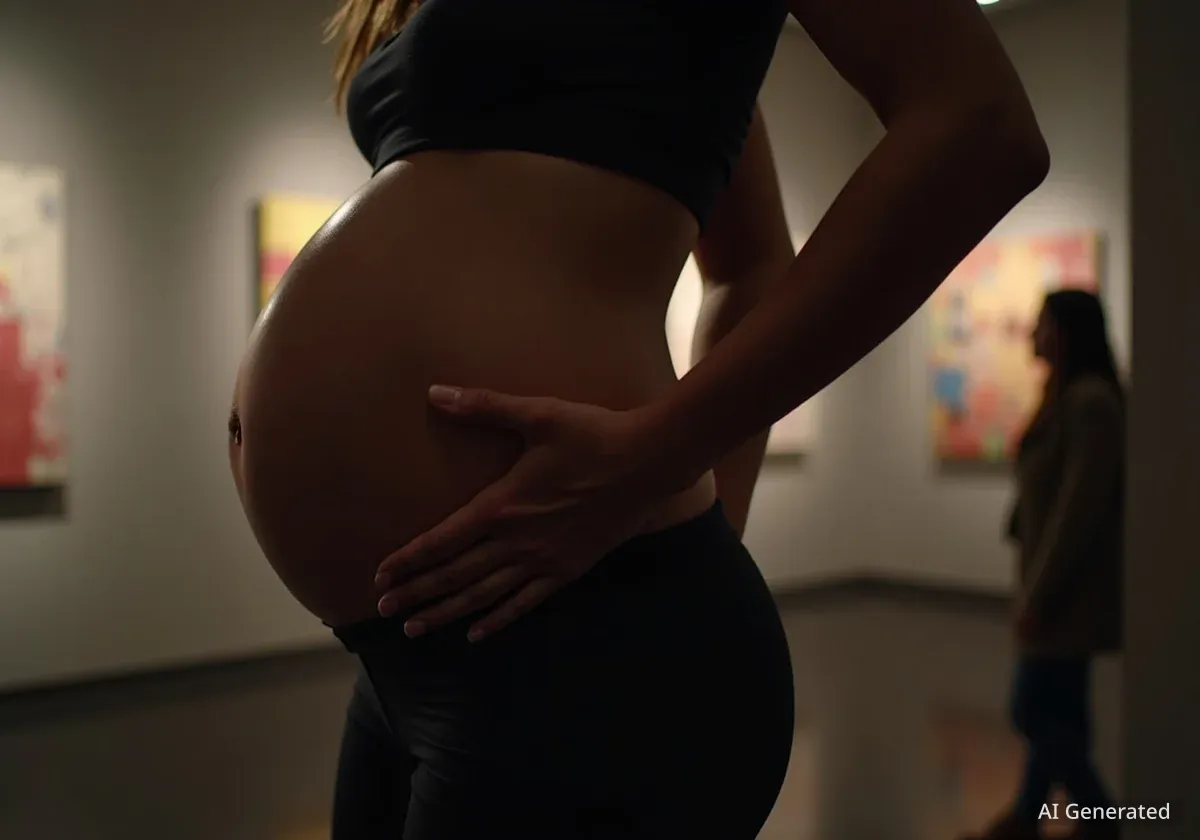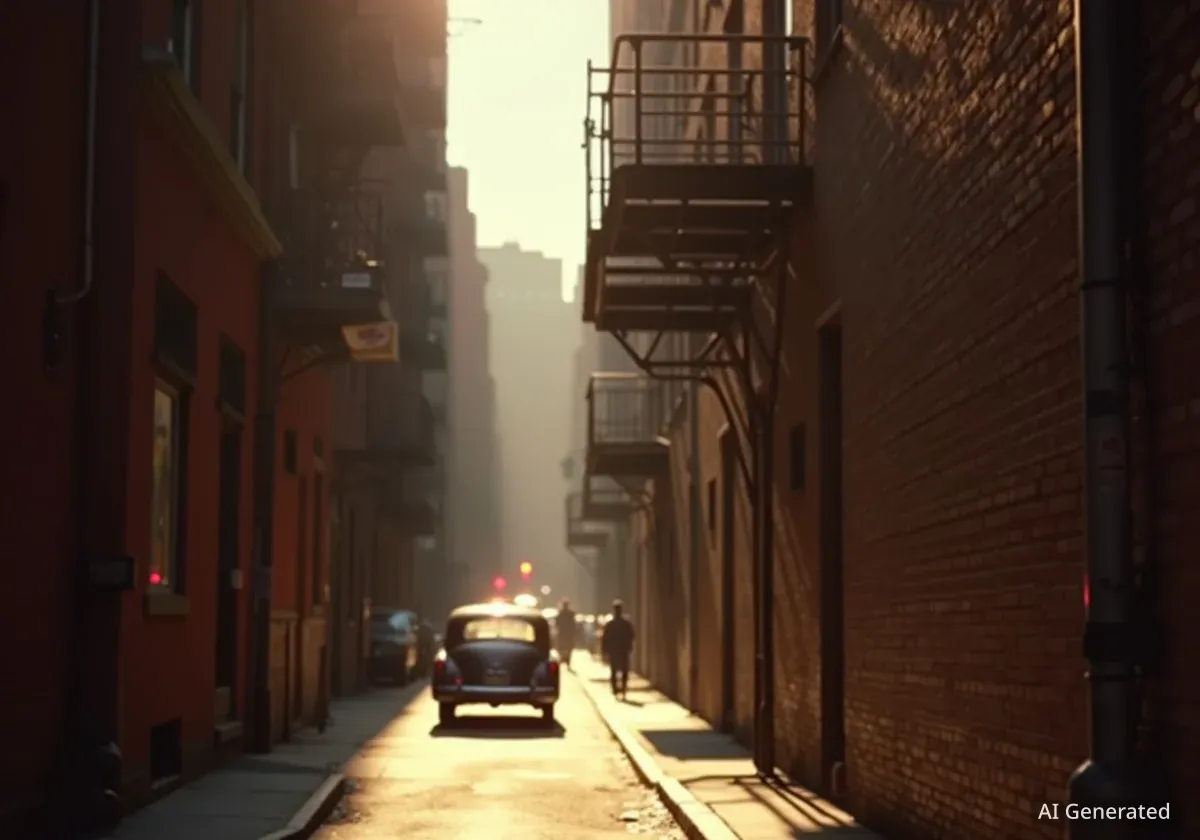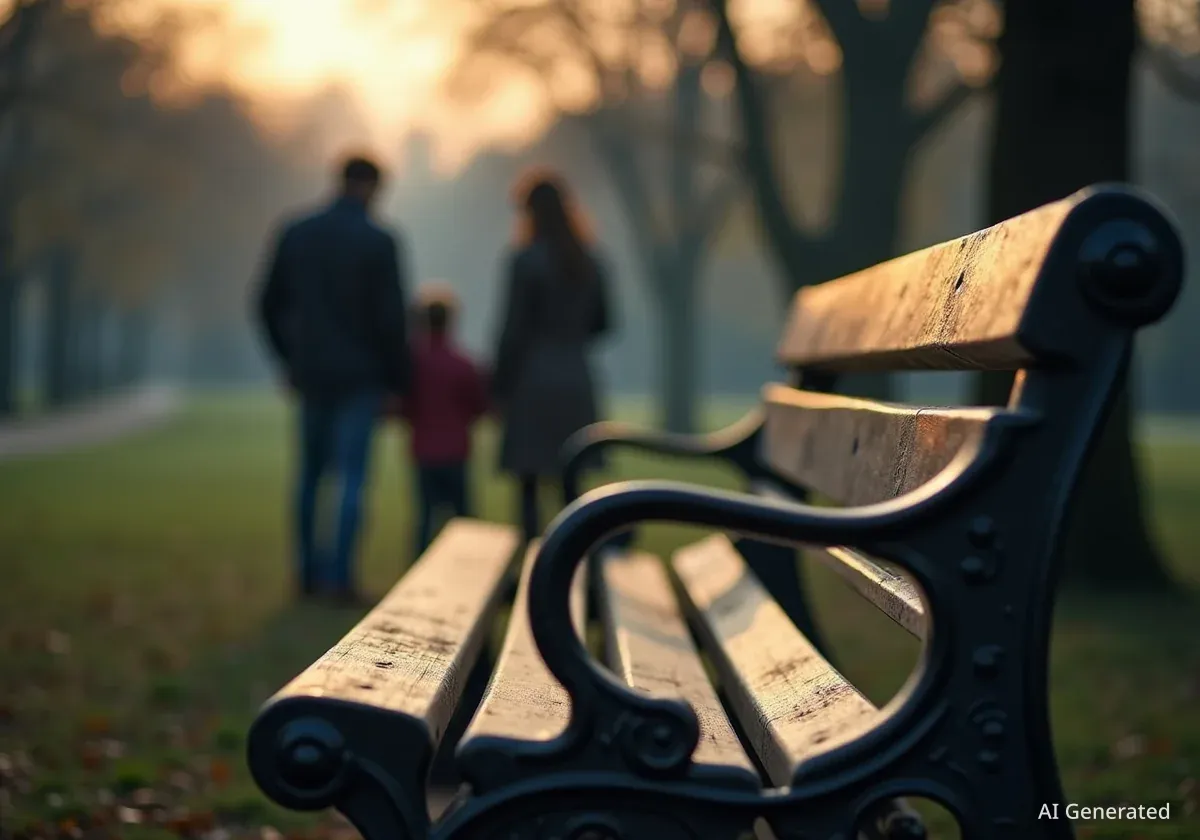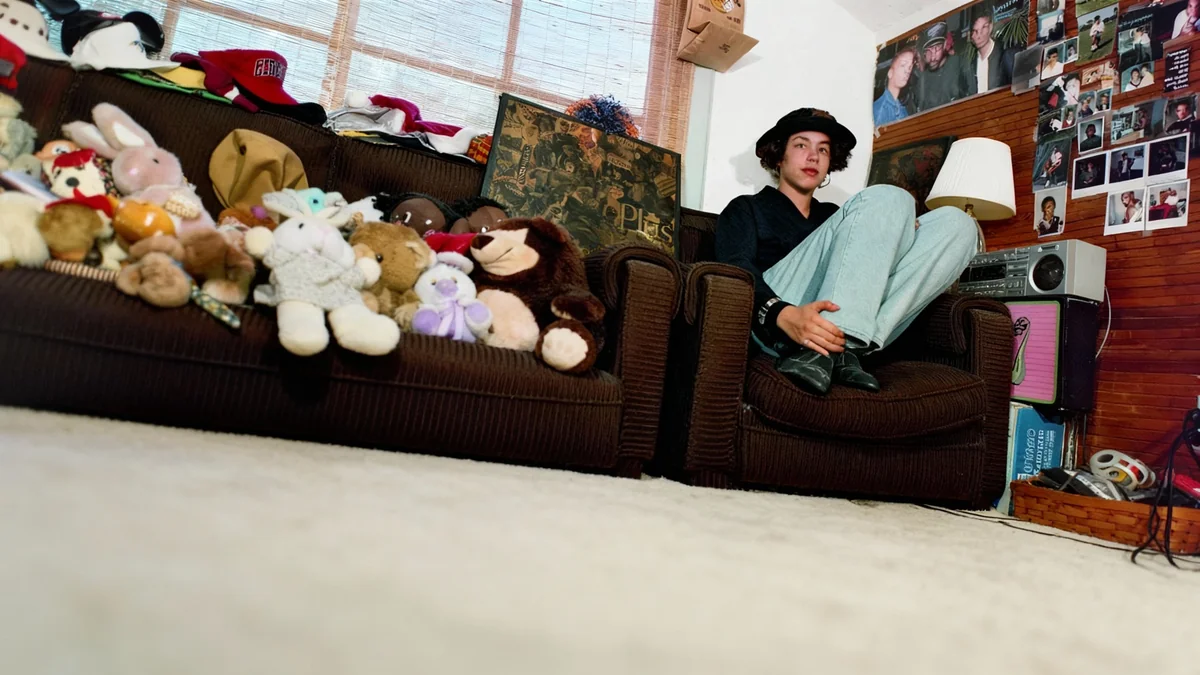Artist Naima Green is using photography to explore the complex realities and fantasies of pregnancy and parenthood in a new exhibition at the International Center of Photography in New York. Titled “Instead, I spin fantasies,” the show combines self-portraits with images of friends and loved ones to question societal norms around family-making.
Green, who is ambivalent about having children herself, uses a 20-pound artificial silicone baby bump to create imagined scenes of her own pregnancy, blurring the line between personal experience and artistic fiction.
Key Takeaways
- Artist Naima Green's new exhibition, “Instead, I spin fantasies,” is now on view at the International Center of Photography in New York.
- The work explores themes of pregnancy, motherhood, and non-traditional family structures through a mix of self-portraits and portraits of her community.
- Green uses a prosthetic baby bump to role-play an imagined pregnancy, questioning societal expectations placed on mothers.
- The exhibition advocates for a more community-centric approach to raising children, moving beyond the isolated nuclear family model.
An Artist's Exploration of Parenthood
For many, marriage is often followed by the question of children. Artist Naima Green experienced this firsthand after marrying her wife, Sable Elyse Smith. This societal expectation, coupled with her own mixed feelings about motherhood, became the catalyst for her latest body of work.
Green has often photographed pregnant friends, but when it came to her own life, the decision was less clear. She considered the impact on her artistic practice in New York and the practicalities of conception. A doctor once told the then 32-year-old she should have started trying years earlier, advice that highlighted the pressures many face.
This internal conflict led her to question the source of her fascination. “Is it about having a child that I’m raising for the rest of my life, or is about this fixation on what people’s bodies go through?” Green wondered. This question is at the heart of her exhibition.
Crafting an Imagined Reality
To explore these themes, Green turned the camera on herself. She acquired a 20-pound silicone baby bump, a prop that initially sat unused in a closet. After a discussion with curator Elisabeth Sherman, the concept for the exhibition began to take shape.
The resulting show is a deeply personal and observational collection. It features sunlit photos of expectant couples and new parents from her community, juxtaposed with scenes of Green navigating her own imagined pregnancy. The images are diaristic, offering a window into different versions of family life.
Prosthetic as Commentary
Green noted that she had difficulty finding a prosthetic belly that matched her skin tone. This experience added another layer to the project, raising questions about “who we envision as being a mother” in society and product design.
In some self-portraits, she appears with fellow artist DonChristian, who plays the role of a fictional father in vibrant, staged family photos. In others, she challenges conventional images of motherhood by posing with a lit joint or near cigarette butts, pushing back against the rigid expectations placed on pregnant individuals.
Beyond the Nuclear Family
A central theme of “Instead, I spin fantasies” is the critique of the isolated, self-sustaining nuclear family. Green expresses a deep interest in more expansive, community-oriented approaches to raising children, something she feels is particularly lacking in American culture.
“There’s this idea that your nuclear family has to be able to self-sustain. But the people I’ve made a life with — my friends, my partner — I would want all of those things to extend into having a child, and to really think about it as a community effort.”
Green observes that even within queer communities, which often have expansive ideas about family, the support network, or “village,” doesn’t always materialize for new parents. “It’s not something that I want to do in isolation, and I think that is something that’s deeply American, that it can feel very isolating,” she explained. “And I don’t think it has to be.”
A Broader Vision for Community
The project is ongoing, and through the process, Green has found a “greater sense of possibility” for what family can be. She recently made plans with a close friend who is preparing for pregnancy, offering to live with her for over a month to provide support in the early days.
“To be deeply rooted in community means that we are all responsible for you and your baby’s well-being,” Green said. This vision of shared responsibility and collective care is a powerful counter-narrative to the pressures of modern parenthood.
The Pressures of Pregnancy
Throughout the creation of this work, Green was influenced by conversations with friends about their own experiences. Some told her that pregnancy was the only time they felt free from concerns about body image and thinness. Others described following intense diets and niche advice to feel in control during a time of great uncertainty.
“People reach for the things that make them feel the most in control in a really kind of wild time,” Green observed. “Culturally, we have so many opinions on what mothers and pregnant people are supposed to do and how they’re supposed to do it.”
Her work doesn't offer simple answers. Instead, it presents a wide spectrum of possibilities. “What, to me, feels very critical of this work is that I’m not trying to point to the solution, or say, ‘here is how it’s done,’” she stated. “I’m trying to explore a very expansive picture across different geographies, different classes, different ideas of family, just as a way of seeing, understanding or creating different possibilities for family-making.”




